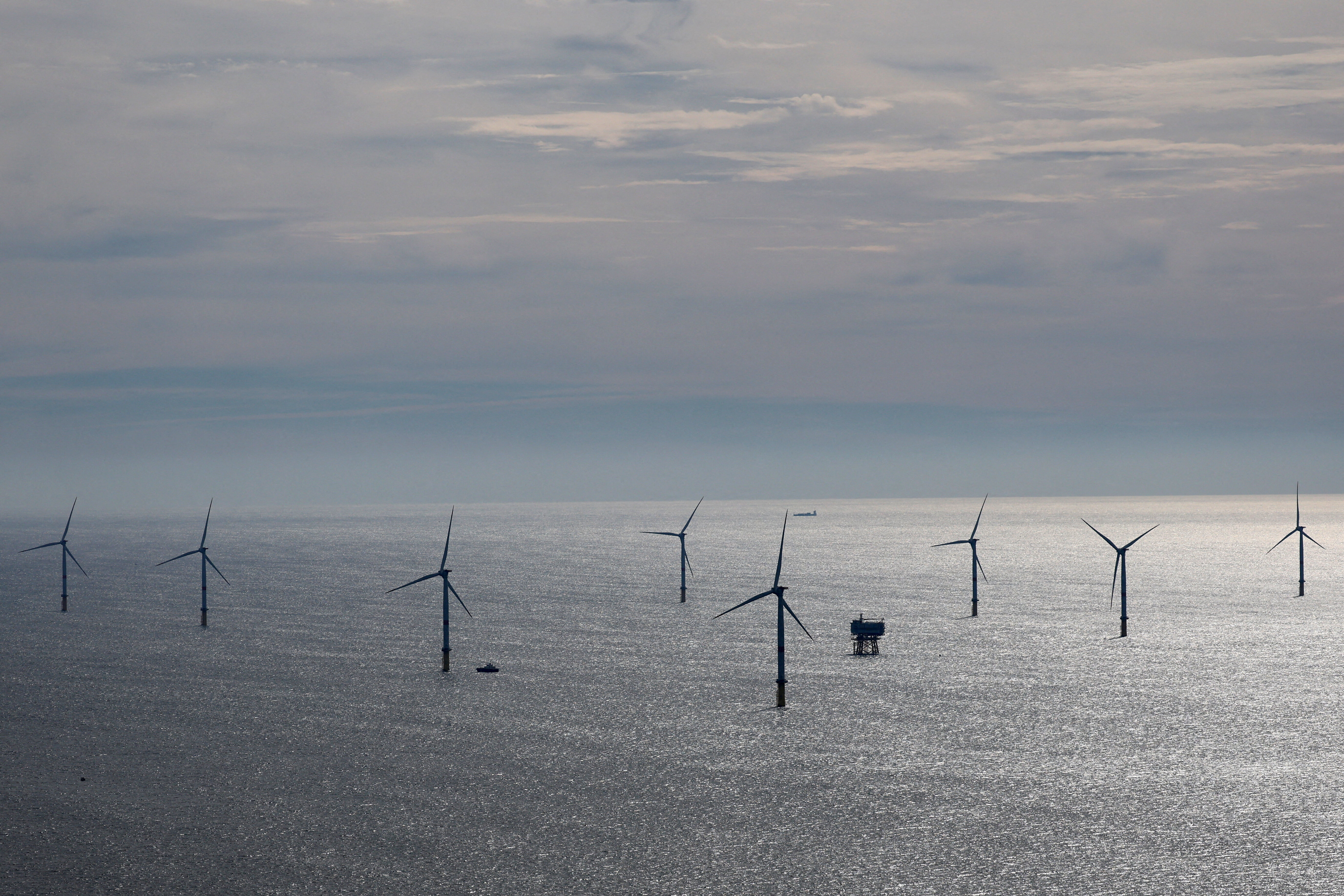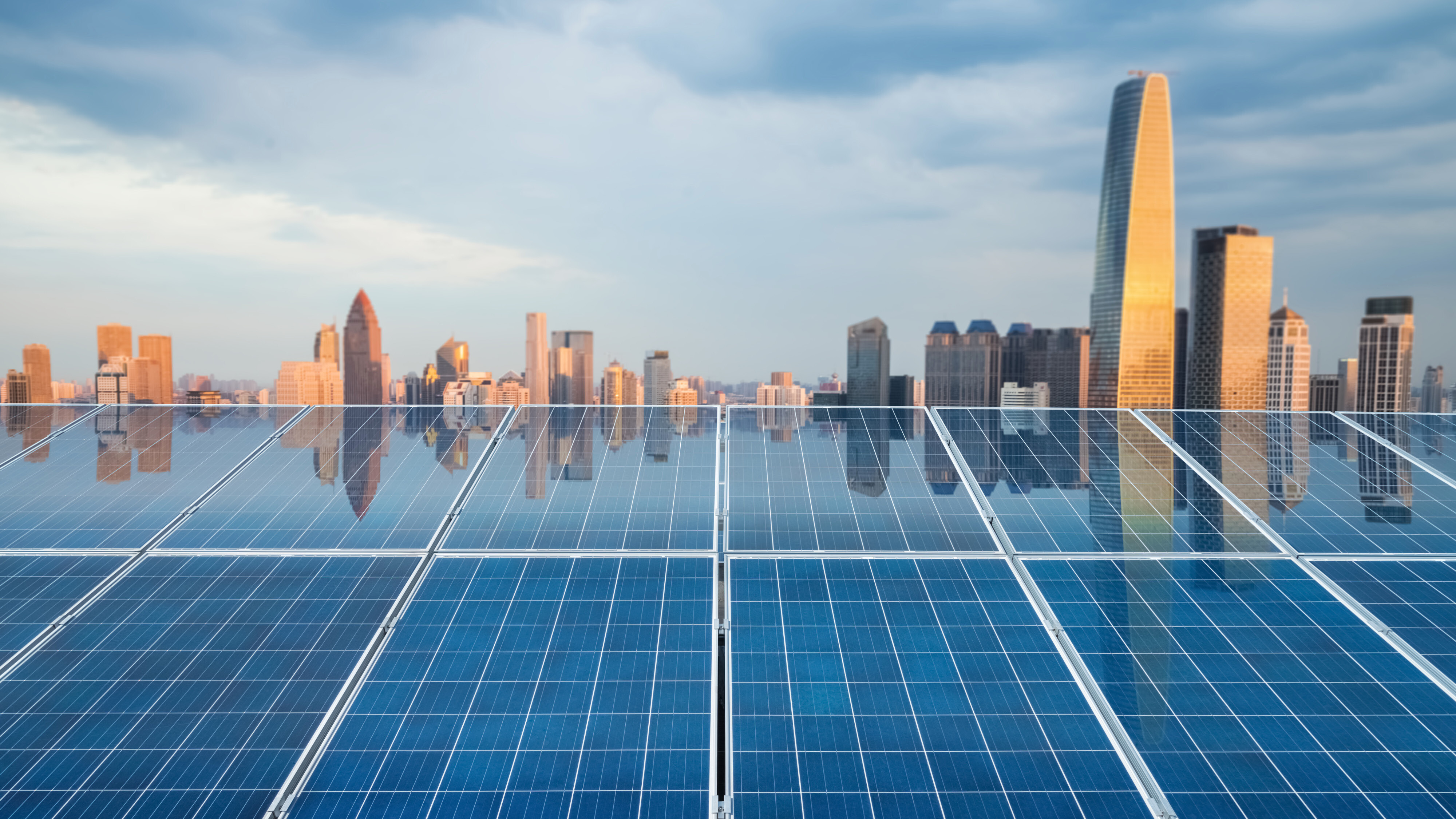3 key steps to a more sustainable economy

This is part of a series on the Global Goals for Sustainable Development, in collaboration with the Stockholm Resilience Centre. This article focuses on goal 9 – Build resilient infrastructure, promote inclusive and sustainable industrialization and foster innovation
Goal 9 of the Sustainable Development Goals – build resilient infrastructure, promote inclusive and sustainable industrialization and foster innovation – is a short phrase which raises many questions.
To start with, what is “inclusive and sustainable industrialization”? It certainly won’t look anything like the industrial economies of the past two centuries. It will need to power a sustainable economy that supports a population far larger than today’s. And it will rely on renewable and recyclable resources that don’t compromise ecosystems. From where we stand now, the challenge is formidable. Source: Jakob Trollbäck
Source: Jakob Trollbäck
Take just one statistic: energy extraction. Estimates of energy return on energy invested (EROI) – the ratio of energy delivered to energy needed to deliver – illustrate how different the future is likely to be from the past.
US oil and gas went from a ratio of over 100:1 in 1930 to 30:1 in 1970 and 15:1 by 2005. Tar sands have an EROI of between 3:1 and 9:1. Wind and hydropower can have a very high EROI for some installations, but can also be quite low. Other renewables and nuclear power have an EROI of less than 10:1, and US corn ethanol is estimated to have an EROI of less than 2:1. For comparison, an estimate of the “civilizational minimum” EROI is 3:1. These figures show that a sustainable economy may be possible, but within tighter bounds.
However, that is the long run, and the Sustainable Development Goals are targets set for the next 15 years. What steps must the world take in the coming decade and a half?
Step 1: Sustained policy commitment
The problem we currently face is that the largest benefit – avoiding damages to future generations – cannot appear in a corporation’s accounts. The standard recommendation is to internalize external damages using a price, but this has its limits. A start-up seeking investors for a low-carbon technology must rely on suppliers who still use carbon-rich fuels. A carbon price would drive up input costs, making the projected cash flow rather shaky. The lesson for high-income countries is that a low-carbon transition must be supported by a range of policies, not prices alone, and must be backed by a sustained commitment from governments.
Step 2: Acknowledge developing country constraints
The first priority of developing country governments is to deliver on development. Regardless of the particular recipe they choose, industrial production is an essential ingredient, and governments must provide a suitable environment, including investment in complementary infrastructure. If developing country governments are to invest with confidence, they cannot experiment with large-scale deployment of low-carbon technologies unless other countries absorb at least some of the risk. Instead, they will reach to the shelf and take down well-established – typically, carbon-demanding – technologies that make use of their domestic resources. To participate in a low-carbon transition, developing country governments must be supported by the financial and technical support of countries with know-how and multilateral donors with capacity to scale solutions.
Step 3: Imagining and building the future economy
We really do not know what a low-carbon economy will look like. To date, we have only experienced fossil-fueled industrial economies. It will probably be some time before an appropriate theory is developed and tested in practice, but at a minimum it should acknowledge the Earth’s biosphere is the basis for the global economy.
The question is: how much of our industrial system must we transform? Carbon dioxide will build up in the atmosphere until we stop removing fossil carbon from the ground, which means that very soon we will have to dramatically reduce our use of a raw material that is central to our global economy. The change will be easier if we can produce goods using carbon-neutral or low-carbon raw and recycled materials. Plastics manufacturers want ethylene, not crude oil; wind turbine manufacturers want steel, not iron ore and coke; server clusters need electricity, not coal. For some products, this is possible in principle, but there are important differences between fossil carbon and the alternatives. Renewable energy sources are thinly spread, often intermittent, and annual production is limited. Nuclear power remains an option but is expensive to build and operate and, as Fukushima showed, can pose risks even when managed well.
We must not be complacent about the scale of ambition in Goal 9. But there is reason for hope. The SDGs offer us an opportunity to think about where we want to go and what it will take to get there. The era of fossil-fueled industrialization brought immense changes in human capacity and knowledge. That era is now passing, but let us use what we have learned.
Have you read?
The fight for sustainable development will be won or lost in our cities
10 facts about the Sustainable Development Goals
10 steps to remove carbon from the global economy
Author: Eric Kemp-Benedict is Director of the Stockholm Environment Institute Asia Centre
Guest editor of this series is Owen Gaffney, Director, International Media and Strategy, Stockholm Resilience Centre and Future Earth
Image: An energy installation on a property leased to Devon Energy Production Company by the Catholic Archdiocese of Oklahoma City is seen near Guthrie, Oklahoma, September 15, 2015. REUTERS/Nick Oxford
Don't miss any update on this topic
Create a free account and access your personalized content collection with our latest publications and analyses.
License and Republishing
World Economic Forum articles may be republished in accordance with the Creative Commons Attribution-NonCommercial-NoDerivatives 4.0 International Public License, and in accordance with our Terms of Use.
The views expressed in this article are those of the author alone and not the World Economic Forum.
Stay up to date:
Sustainable Development
Related topics:
Forum Stories newsletter
Bringing you weekly curated insights and analysis on the global issues that matter.
More on Economic GrowthSee all
Rishika Daryanani, Daniel Waring and Tarini Fernando
November 14, 2025







